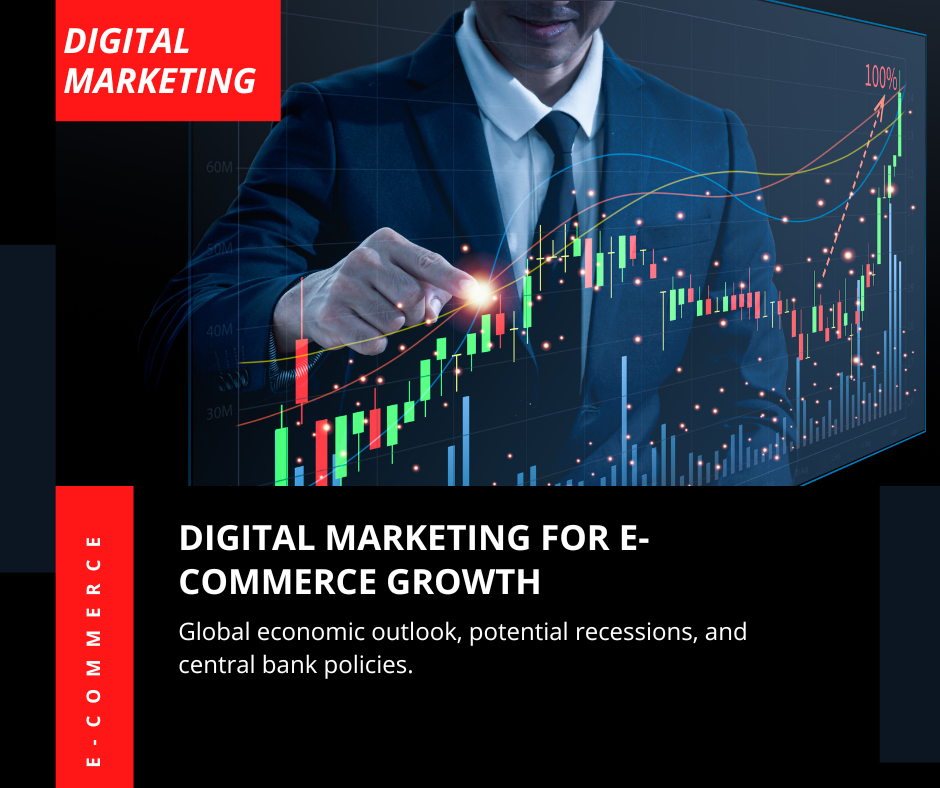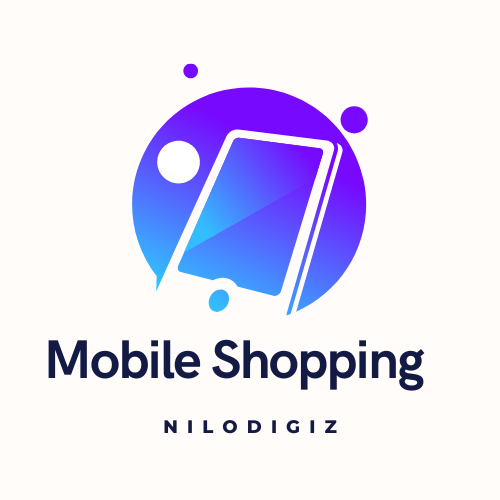
Digital Marketing For E-Commmerce:
Digital marketing in e-commerce refers to the use of online channels and digital technologies to promote and sell products or services online. It involves strategies to drive traffic to an online store, engage potential customers, and convert them into buyers. This includes activities like content marketing, social media marketing, search engine optimization (SEO), and email marketing. Digital Marketing for E-commerce
Table of Contents
Traditional Commerce :

Process of buying and selling of goods face to face
- Limited to certain business hours typically during day time
- Business happen to face to face
- Limited to particular geographic loation
- There is Personal Interaction
- Delivery of goods is instantaneous
- Limmited to certain business hours typically during day time
It involves strategies to drive traffic to an online store, engage potential customers, and convert them into buyers.
Workflow of E-commerce
- The seller chooses online selling channels, like a website or social media, and promotes products or services for sale.
- Customers find the products or services and place orders.
- A payment processor enables the exchange of the goods or services electronically via payment options like credit cards or digital currencies.
- The customer receives a confirmation email or SMS along with a printable receipt.
- If the transaction is for goods, the seller ships the products and sends the customer a tracking number via email or SMS. If the transaction is for a service, the service provider can reach out to schedule and complete the service.

E-Commerce works by connecting seller with customer through exchanges to take place online.
- The seller chooses online channels like a website or social media, and promotes products or services for sale.
- Customer choose products or services and place order.
Key Digital Marketing Strategies for E-commerce Growth
1. Search Engine Optimization (SEO)
- Optimize product pages with keywords your target audience is searching.
- Improve site speed, mobile usability, and structured data (schema markup).
- Create blog content targeting long-tail keywords related to your niche.
2. Pay-Per-Click (PPC) Advertising
- Use Google Ads for search and shopping campaigns.
- Use Meta Ads (Facebook/Instagram) to target custom and lookalike audiences.
- Retarget visitors who didn’t purchase the first time with dynamic ads.
. Social Media Marketing
- Build a presence on Instagram, TikTok, Facebook, or Pinterest—whichever your audience prefers.
- Use influencer partnerships for product promotions.
- Post user-generated content and reviews for trust-building.
4. Email Marketing
- Use flows like welcome series, cart abandonment, and post-purchase follow-ups.
- Segment lists based on behavior and preferences.
- Offer exclusive discounts or early access to products.
5. Content Marketing
- Create helpful and engaging content (e.g., tutorials, product comparisons).
- Leverage video content for product demos, reviews, and unboxing experiences.
- Repurpose content across blog, email, and social platforms.
6. Conversion Rate Optimization (CRO)
- Run A/B tests on landing pages and product pages.
- Simplify the checkout process.
- Add trust signals (reviews, badges, return policy).
7. Affiliate & Influencer Marketing
- Partner with niche influencers and bloggers.
- Offer commissions or free products in exchange for exposure.
8. Customer Reviews & UGC
- Collect and showcase reviews directly on product pages.
- Use platforms like Loox, Yotpo, or Judge.me.
- Encourage social shares with branded hashtags.
Digital Transformation Strategy – 9 Key Components
- Evaluate Your Current Digital Landscape.
- Business Strategy and Leadership for Digital Transformation.
- Culture Change and Communication.
- Process Optimization for Digital Transformation.
- Data Curation.
- Digital Technologies to be Implemented.
- Team Structure.
- Technology Partners.

Mobile shopping continues to grow, driven by the increasing use of smartphones and mobile apps. Businesses need to optimize their online presence for mobile users to capitalize on this trend. Mobile-Optimized Websites, Mobile Apps , Mobile Payments And Location-Based Marketing
1. Business to Consumer (B2C)
- Definition: Businesses sell directly to end consumers.
- Examples: Amazon, Flipkart, Zara.
- Common features: Online storefronts, digital marketing, customer reviews, shopping carts.
2. Business to Business (B2B)
- Definition: Businesses sell products/services to other businesses.
- Examples: Alibaba, IndiaMART, ThomasNet.
- Common features: Bulk ordering, customized pricing, longer sales cycles.
3. Consumer to Consumer (C2C)
- Definition: Consumers sell directly to other consumers using third-party platforms.
- Examples: eBay, OLX, Facebook Marketplace.
- Common features: Peer-to-peer transactions, user ratings, auctions or fixed prices.
4. Consumer to Business (C2B)
- Definition: Consumers offer products or services to businesses.
- Examples: Freelance platforms like Fiverr, Upwork; stock photo sites.
- Common features: Reverse auctioning, bidding, contract work.
5. Direct to Consumer (D2C)
- Definition: Manufacturers sell directly to customers, bypassing third-party retailers.
- Examples: Nike (via its website), Warby Parker.
- Common features: Control over branding, pricing, and customer experience.
6. Mobile Commerce (M-commerce)
- Definition: Buying/selling through mobile devices.
- Examples: Apps like Amazon, Myntra, Paytm Mall.
- Common features: Mobile-optimized UX, push notifications, mobile payments.
7. Social Commerce
- Definition: Buying and selling via social media platforms.
- Examples: Instagram Shopping, Facebook Shops, TikTok Shop.
- Common features: Shoppable posts, influencer marketing, integrated checkouts.
Digital transformation is no longer a choice—it’s a strategic necessity. Organizations that embrace digital technologies and reimagine their processes, culture, and customer experiences can achieve greater agility, efficiency, and innovation. The journey may be complex, but the rewards include sustained competitiveness, enhanced customer engagement, and long-term growth in a digital-first world.
Digital marketing for e-commerce is essential for driving traffic, increasing conversions, and building long-term customer loyalty. By leveraging data-driven strategies, social media, SEO, and personalized campaigns, businesses can stay competitive and thrive in the fast-paced online marketplace.
Hi, this is a comment.
To get started with moderating, editing, and deleting comments, please visit the Comments screen in the dashboard.
Commenter avatars come from Gravatar.